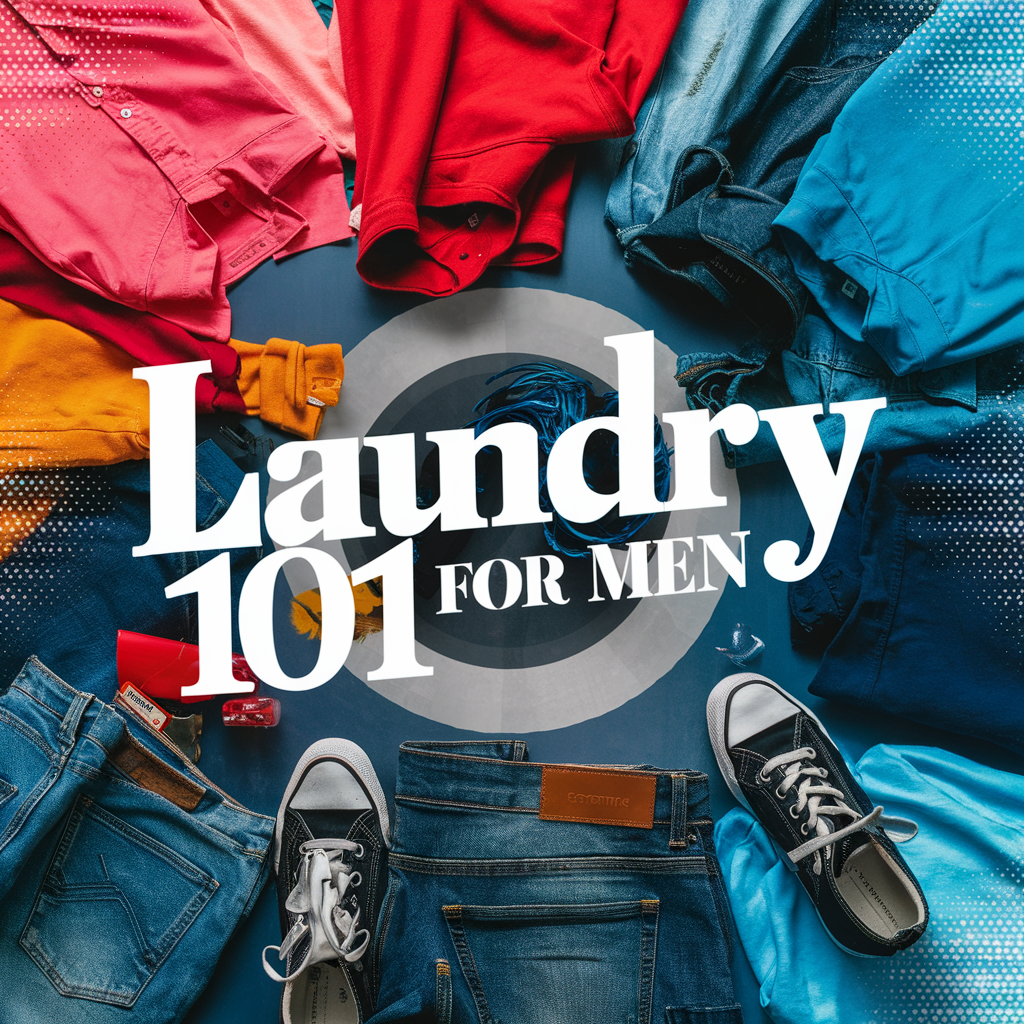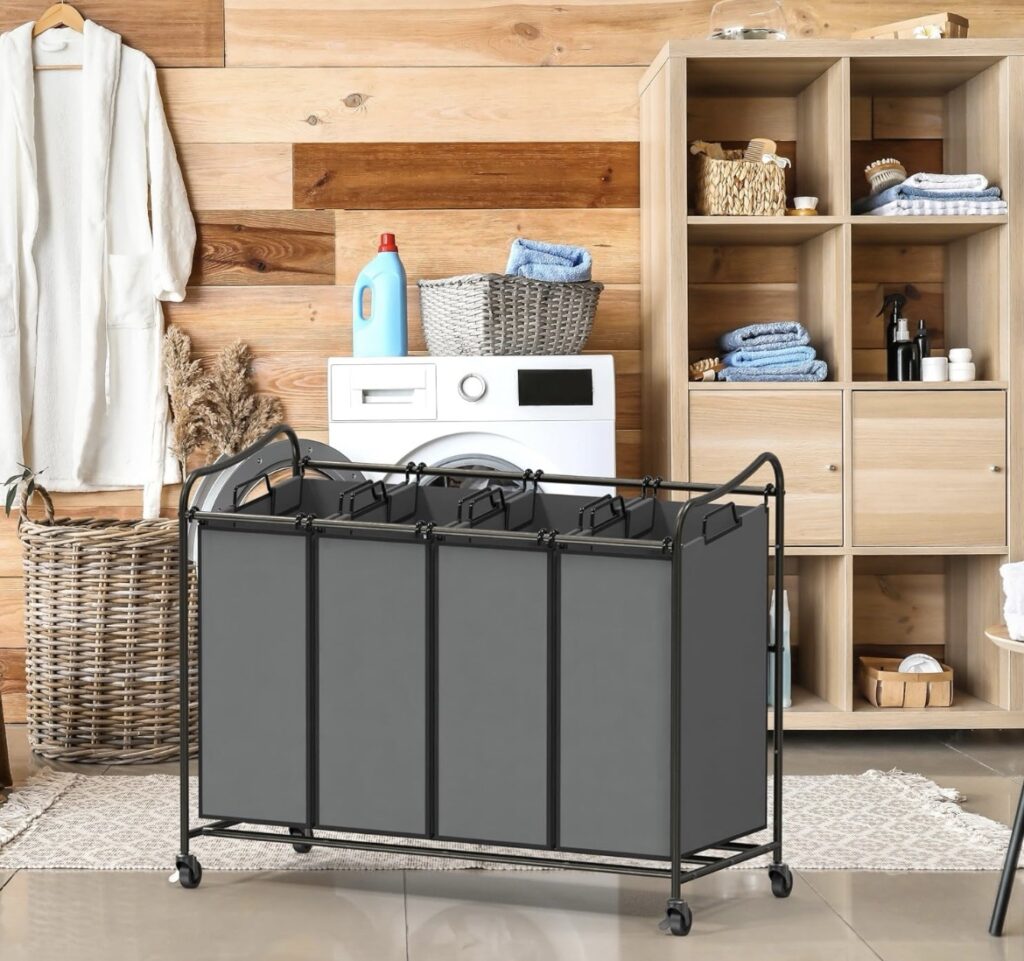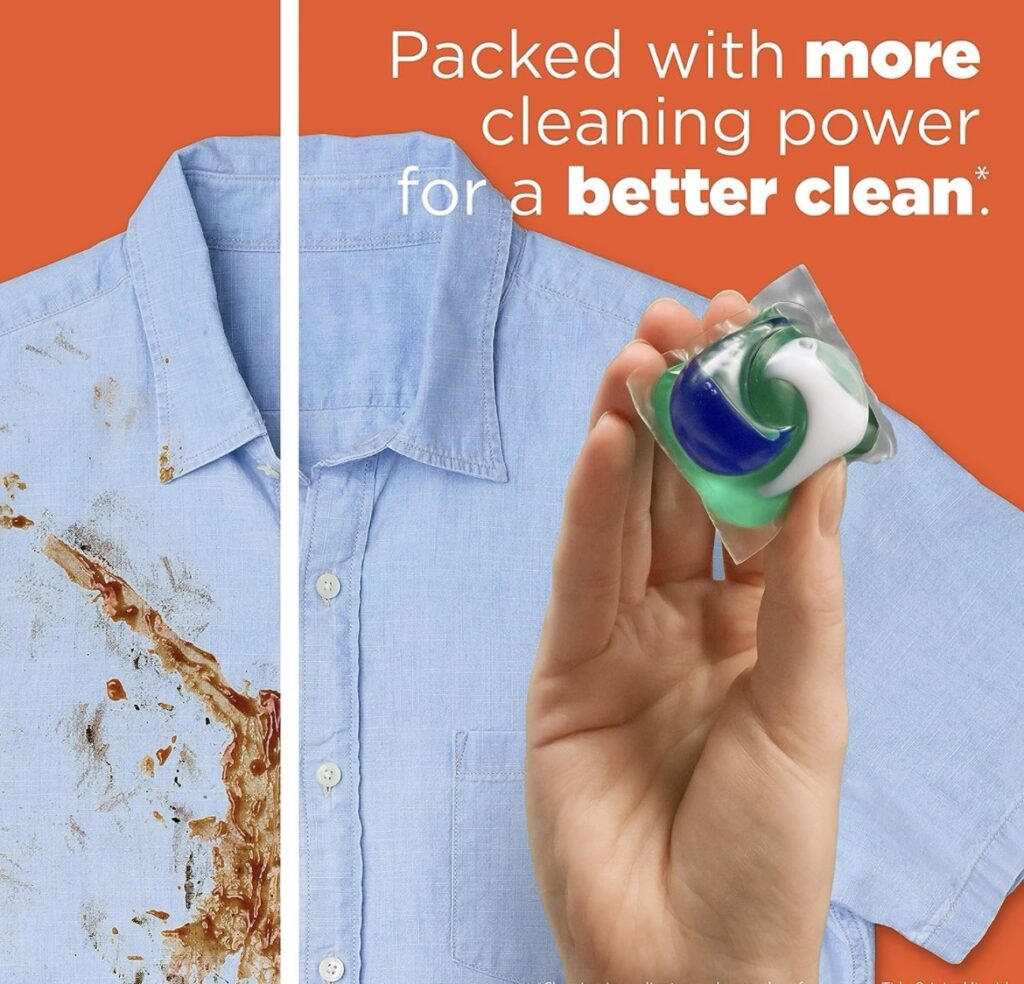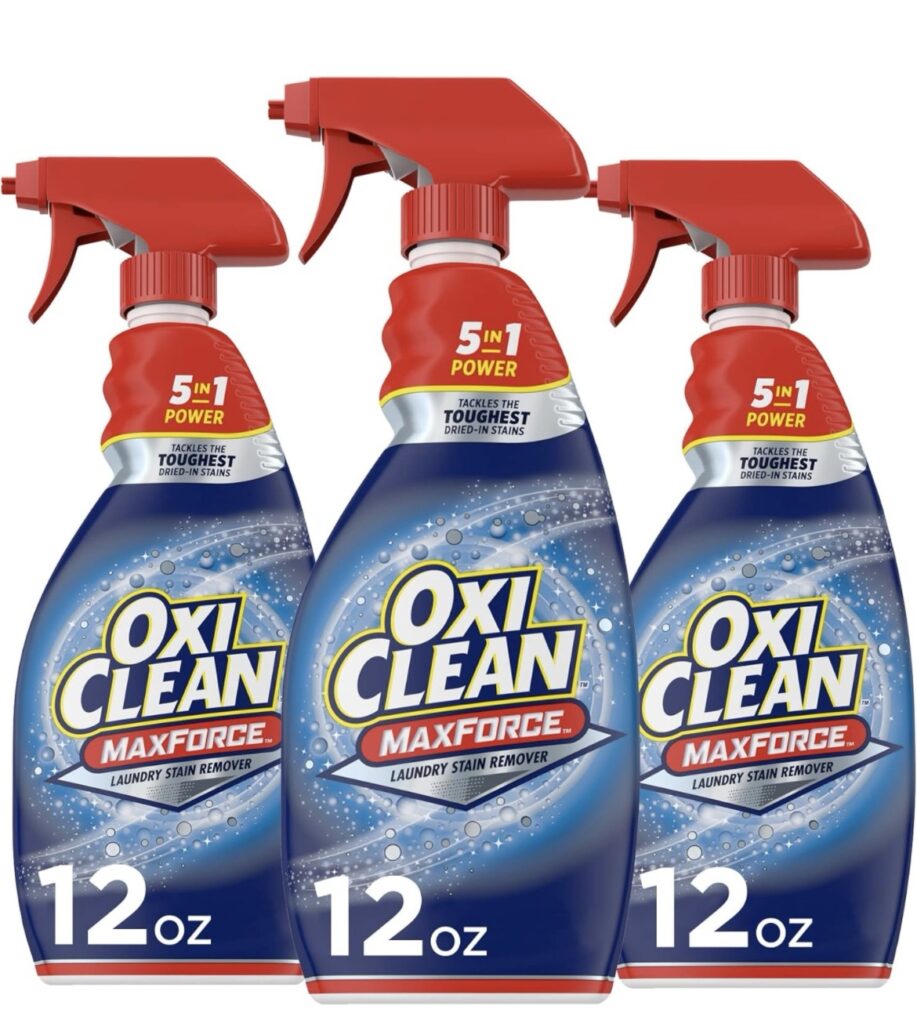
I remember the first time I tried to do my own laundry. I was in college, and the laundry room in my dorm felt like foreign territory. I tossed everything into the washer without a second thought. Fast forward an hour, and I had a load of pink socks that used to be white. It was a humbling experience, to say the least. Over the years, I’ve learned that doing laundry properly isn’t just about avoiding pink socks; it’s about taking care of your clothes and looking your best.
In this guide, I’m going to share everything I’ve learned about laundry, from sorting clothes to tackling those stubborn stains. Whether you’re a complete beginner or just looking to up your laundry game, this guide will help you master the basics. Let’s dive in and turn laundry day from a dreaded chore into a simple, straightforward process.

Understanding Laundry Basics
Before we get into the nitty-gritty of sorting clothes and removing stains, let’s cover some laundry basics. First off, you need the right supplies. A good laundry detergent is essential, but you might also want fabric softener, bleach (for whites), and a reliable stain remover like the OxiClean Max Force Laundry Stain Remover Spray. Having these on hand will make the whole process smoother.
One of the most important things you can do is read the care labels on your clothes. These little tags contain crucial information about how to wash and dry your items without ruining them. For instance, some clothes can only be washed in cold water, while others might need to be air-dried. Ignoring these labels is a surefire way to shrink your favorite shirt or fade those new jeans.
Trust me, paying attention to these details makes a big difference. And while we’re on the topic of paying attention to details, check out this guide on Master Your Stubble: Guide to Shaving & Grooming Techniques for Men. Keeping a neat appearance isn’t just about clean clothes; it’s about grooming too. Now, let’s move on to sorting clothes for laundry.
Sorting Clothes for Laundry
Sorting clothes might seem like an unnecessary step, but it’s crucial for keeping your clothes looking their best. Trust me, it’s worth the extra few minutes.
First, you’ll want to sort your clothes by color. Separate whites, lights, and darks. Whites include anything that’s all white or mostly white, like socks, undershirts, and dress shirts. Lights are pastel colors and light fabrics, while darks are everything from black jeans to navy blue T-shirts.
Next, think about fabric type. Heavy fabrics like jeans and towels should be washed separately from lighter fabrics like T-shirts and dress shirts. This prevents heavy items from damaging the lighter ones and ensures everything gets cleaned properly.
Finally, check the washing instructions. Some items need to be washed in cold water to prevent shrinking or color bleeding, while others might require a delicate cycle. This is where a good laundry sorter can be a lifesaver. The Simple Houseware 4-Bag Heavy Duty Laundry Sorter Rolling Cart, Dark Grey is a fantastic tool for keeping everything organized. Each bag can hold a different type of laundry, making sorting a breeze.
By sorting your clothes properly, you’ll avoid mishaps like color bleeding and ensure that everything gets the care it needs. Once you’ve got your clothes sorted, it’s time to move on to choosing the right detergent.

Choosing the Right Detergent
Choosing the right detergent can make or break your laundry routine. With countless options available, it’s essential to find one that suits your needs.
For everyday use, a standard liquid detergent is a solid choice. It works well on various stains and is compatible with both regular and high-efficiency (HE) machines. If you have sensitive skin, look for a detergent that’s free of dyes and perfumes to avoid irritation.
If you want to be more specific, there are detergents tailored for certain types of fabrics. For instance, there are detergents designed to keep dark clothes from fading and ones formulated to protect delicate fabrics.
When it comes to form, you can choose between liquid, powder, and pods. Liquid detergents are versatile and excellent for pre-treating stains. Powders are usually more cost-effective and great for tackling ground-in dirt. Pods, like Tide PODS Laundry Detergent Soap Pods, Spring Meadow Scent, offer convenience and precise dosing but can be more expensive per load.
Balancing cost and performance is crucial. Detergents can range widely in price, so finding one that fits your budget while delivering good results is key. For more financial advice, including smart shopping tips, check out Master Your Money: Budgeting and Saving Tips for Men.
With the right detergent in hand, you’re all set to move on to washing your clothes properly. Let’s dive into the details of getting your laundry clean.

Washing Clothes Properly
Now that you’ve got your clothes sorted and the right detergent ready, it’s time to wash your clothes. Getting this step right ensures your clothes come out clean and undamaged.
Setting the Water Temperature
Water temperature matters. Use cold water for dark colors and delicate fabrics to prevent shrinking and color bleeding. Warm water is good for synthetic fabrics and moderately dirty clothes. Hot water works best for whites and heavily soiled items, as it kills germs and bacteria.
Choosing the Washing Cycle
Most washing machines have several cycle options. For everyday clothes, a normal cycle works fine. Use a gentle cycle for delicate fabrics like silk and wool. Heavy-duty cycles are best for towels, jeans, and other sturdy fabrics. Always refer to the care labels on your clothes if you’re unsure which cycle to use.
Using the Right Amount of Detergent
Too much detergent can leave residue on your clothes, while too little might not clean them properly. Follow the instructions on your detergent package. If you’re using pods, like the Tide PODS Laundry Detergent Soap Pods, Spring Meadow Scent, simply toss one into the drum before adding your clothes.
Fabric Softeners and Bleach
Fabric softeners can keep your clothes feeling soft and smelling fresh, but use them sparingly to avoid buildup. Bleach is effective for whitening whites but can damage colored fabrics if not used correctly. Always dilute bleach before adding it to your washer and never pour it directly onto clothes.
Understanding these basics will help you avoid common laundry mistakes and keep your clothes looking great. If you’re curious about other practical skills, check out this guide on How to Change Your Car’s Oil: A Guide for Every Man. It’s all about taking care of the things you own, just like your clothes.
Next, let’s tackle one of the trickiest parts of laundry: removing stains.

Stain Removal Tips
Stains can be one of the most frustrating parts of doing laundry, but with the right approach, you can tackle even the toughest spots. Here’s a step-by-step guide to removing common stains effectively.
Identify the Stain Type
Different stains require different treatments. Common types include grease, protein (like blood or sweat), tannin (coffee or wine), and dye (ink or grass). Identifying the stain correctly is the first step in treating it properly.
Pre-Treat the Stain
As soon as you notice a stain, try to treat it before it sets. Rinse the stained area with cold water to remove any excess residue. For many stains, pre-treating with a stain remover like OxiClean Max Force Laundry Stain Remover Spray, 12 Fl. Oz, 3-Pack can be very effective. Spray directly onto the stain, let it sit for a few minutes, and then gently rub the fabric together to work the product in.
Treating Specific Stains
- Grease Stains: Use a small amount of dish soap to break down the grease. Rub it into the stain, let it sit for about 10 minutes, then rinse with warm water.
- Protein Stains (Blood, Sweat): Soak the item in cold water, then apply a mixture of water and an enzyme-based detergent.
- Tannin Stains (Coffee, Wine): Blot the stain with a clean cloth to absorb as much liquid as possible. Then treat with a stain remover and wash in warm water.
- Dye Stains (Ink, Grass): Rubbing alcohol or vinegar can be effective. Dab the stain with a cloth soaked in the solution, then rinse and wash.
Washing and Checking
After pre-treating, wash the stained garment according to its care label instructions. Before drying, check to ensure the stain is completely gone. Heat can set stains, making them much harder to remove.
Stubborn Stains
For those particularly stubborn stains that refuse to budge, a second round of treatment might be necessary. Repeat the pre-treating and washing steps until the stain is completely gone. Sometimes, a stronger approach using products like OxiClean Max Force Laundry Stain Remover Spray is required.
Removing stains might seem like a hassle, but it’s worth the effort to keep your clothes looking their best. Plus, mastering this skill is just another way to stay on top of everyday challenges. Speaking of which, if you’re looking for practical tips on other aspects of life, check out this guide on How Do You Tighten Car Wheels Correctly?.
Next, we’ll cover the final steps of the laundry process: drying and folding your clothes.

Drying and Folding Clothes
Once your clothes are clean, the next step is drying and folding them properly to keep them looking their best. Here’s how to do it right.
Drying Your Clothes
The key to drying clothes is to use the right settings on your dryer. For most clothes, a medium heat setting works well. However, for delicate fabrics, use the low heat or air-dry setting to prevent damage.
- Heavy Fabrics: Items like jeans, towels, and sweatshirts can handle higher heat settings.
- Light Fabrics: T-shirts, dress shirts, and other lightweight items should be dried on a medium setting.
- Delicates: Lingerie, silk, and other delicate fabrics should be air-dried or dried on the lowest setting.
Overloading the dryer is a common mistake. It can cause clothes to wrinkle and not dry evenly. Make sure there’s enough space for air to circulate.
Air-Drying
For items that are prone to shrinking or damage, air-drying is a great option. Hang them on a drying rack or clothesline. Make sure to spread them out evenly to avoid wrinkles and speed up the drying process.
Folding Clothes
Once your clothes are dry, it’s time to fold them. This helps prevent wrinkles and makes it easier to keep your wardrobe organized.
- T-Shirts: Lay the shirt flat, fold in the sides, then fold in half from top to bottom.
- Dress Shirts: Button up the shirt, lay it flat, fold in the sides, and then fold in half.
- Pants and Jeans: Lay them flat, fold one leg over the other, then fold in half or thirds.
- Towels: Fold in thirds lengthwise, then fold in half or thirds again.
Taking the time to fold your clothes properly can make a big difference in how they look when you wear them. Plus, it helps keep your drawers and closets neat.
If you’re looking for more ways to stay organized and efficient, check out this guide on Grill Anywhere: The Foreman Electric Grill Experience. Just like mastering the grill, mastering laundry is all about attention to detail.
By now, you should have a good handle on doing laundry from start to finish. Let’s wrap up with a quick recap and some final thoughts.

Laundry might have seemed like a daunting task at first, but with a bit of knowledge and the right approach, it’s entirely manageable. We’ve covered everything from understanding laundry basics to sorting clothes, choosing the right detergent, washing properly, tackling stains, and finally drying and folding your clothes.
Remember, the key to mastering laundry is paying attention to the details. By sorting your clothes correctly, using the appropriate detergent, and treating stains as soon as you spot them, you can keep your wardrobe in top shape. Don’t forget to read the care labels on your clothes and choose the right settings on your washer and dryer.
If you’re ever in need of a reliable stain remover, I highly recommend the OxiClean Max Force Laundry Stain Remover Spray, 12 Fl. Oz, 3-Pack. And to keep your laundry organized, the Simple Houseware 4-Bag Heavy Duty Laundry Sorter Rolling Cart, Dark Grey is a fantastic tool.
Learning to do laundry properly is just one of many practical skills every man should master. For more useful tips and guides, check out these articles on Master Your Money: Budgeting and Saving Tips for Men, How Do You Tighten Car Wheels Correctly?, and How to Change Your Car’s Oil: A Guide for Every Man. Each of these guides will equip you with the knowledge to handle everyday challenges efficiently.
By investing a little time in mastering these tasks, you’ll find that maintaining your clothes, car, and finances becomes second nature. So, go ahead, tackle that laundry pile with confidence, and keep your life running smoothly.
As an Amazon Associate we earn from qualifying purchases through some links in our articles.




